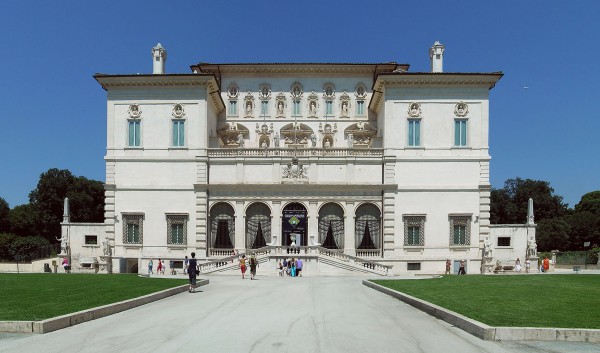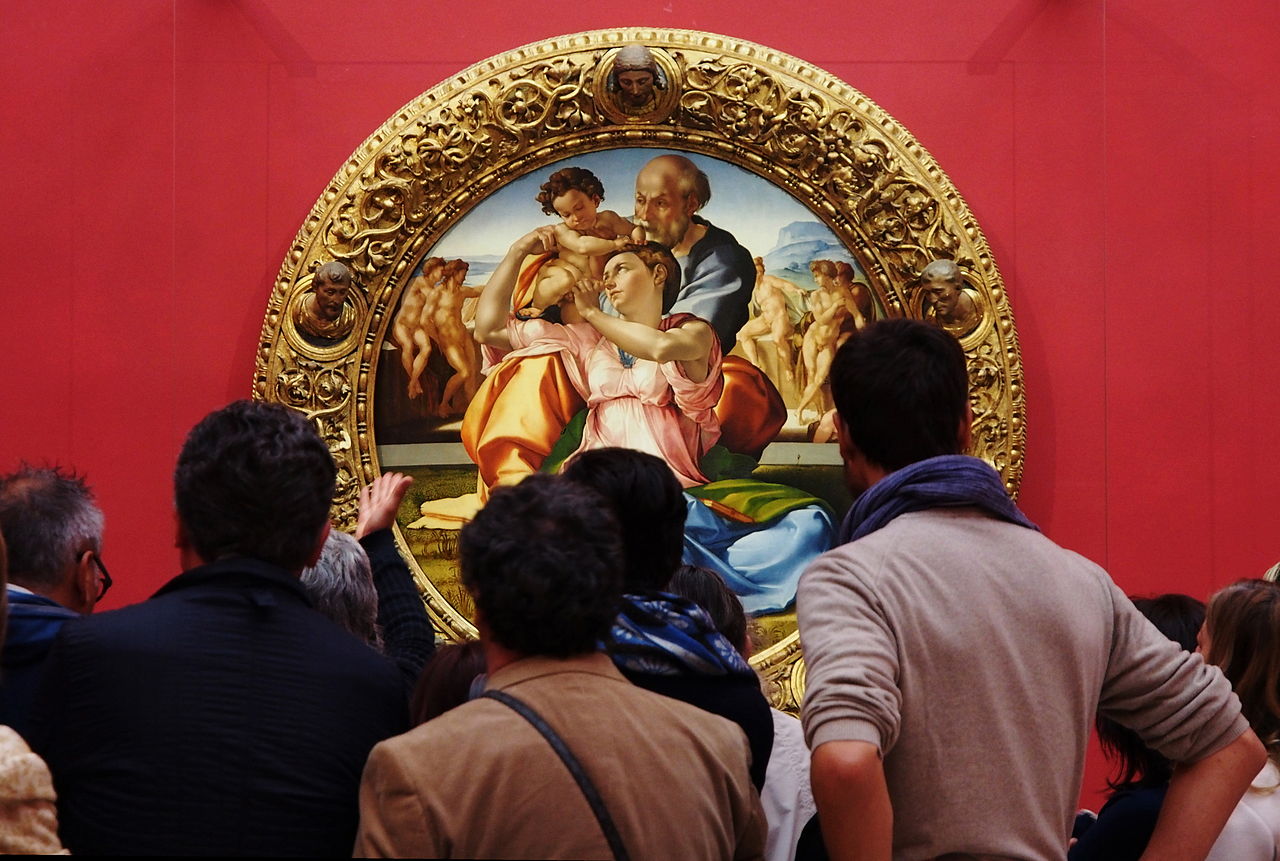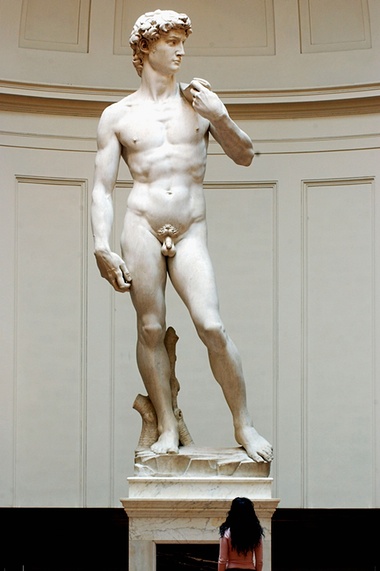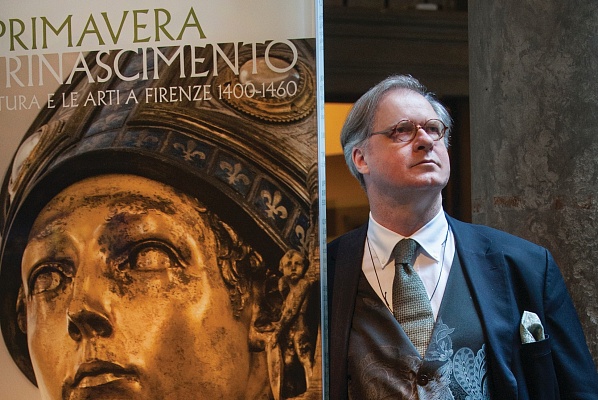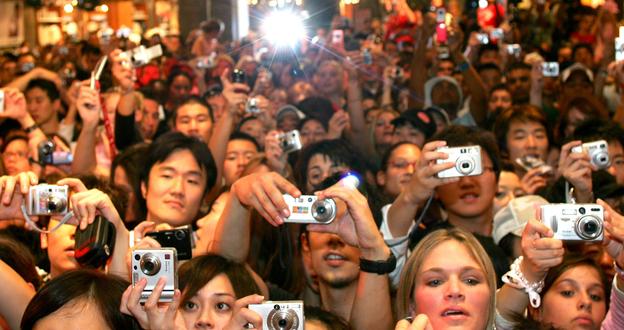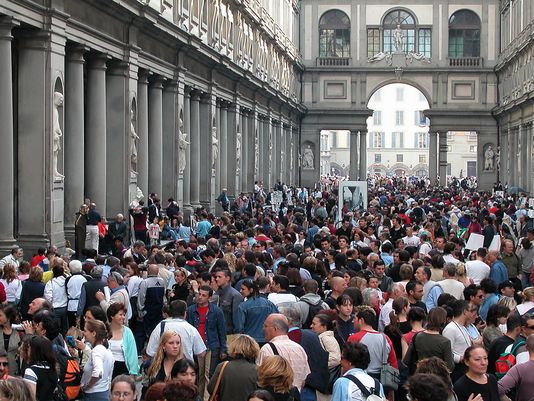By Anne Leader
After publishing its short list of 200 candidates on 8 July, the Italian ministry of culture has announced the appointments of twenty new museum directors for Italy’s most acclaimed museums in Caserta, Florence, Genoa, Mantua, Milan, Modena, Naples, Paestum, Perugia, Reggio Calabria, Rome, Taranto, Turin, Urbino, and Venice. The experts chosen from among 1,222 applicants include ten women and ten men, seven of whom have been described as a “’foreign-legion’ of non-Italian art experts” by ANSA news service. The sweeping overhaul brings with it high expectations and some criticism. The new directors are tasked not only with protecting Italy’s cultural patrimony but also with developing exhibitions and other programs to attract visitors from home and abroad as cost-effectively as possible. Given the limited funds available from cash-strapped government coffers, the new directors are expected to balance their budgets through gift shops, cafés, and private donations as well as greater efficiency. Paolo Baratta, who oversaw the hiring process, told Italian newspaper La Repubblica that the Italian “museum system was sclerotic. A weak system: inadequate resources and paralyzing rules.”
Culture Minister Dario Franeschini celebrates the new hires as part of his cultural reforms: “’With these 20 appointments of such great international scientific standing the Italian museum system turns the page and catches up on a delay of decades.’” Other arts professionals, including critics, historians, and former museum directors have criticized the move as “’a dangerous political act’ (Vittorio Sgarbi); ‘an unprecedented thing,’ (Cristina Acidini); and ‘overall, mediocre’ (Tomaso Salvatori).” Acidini, former director of Florence’s museums, defended those who have been replaced, “’I directed 27 museums during my career and I don’t believe there was this delay that the minister talks about. The art historians who work in state museums, professionals of international prestige, have been very much underestimated.’”
Many of the new hires have worked for non-Italian institutions that are known for dynamism and efficiency, something not typically associated with Italian bureaucracy. Though Italy is home to many of the most well-known art works in the world, its museums do not attract the volume of visitors seen in other countries. No Italian museum ranks among the world’s ten most visited institution. However, it may not be fair to judge the Uffizi, with its annual tally of 1.5 million visitors, with the much larger Louvre, Paris (8.5 million visitors) or British Museum, London (5 million). Moreover, anyone who has visited the Uffizi lately would likely argue that there are too many people crammed into the galleries already and that drives to increase mass tourism would be counter-productive.
More dynamic websites, including pages in languages other than Italian, would be a welcome change, as would initiatives to encourage more visitors to lesser-known collections. As James Bradburne, most recently director of the Palazzo Strozzi in Florence and new director of Milan’s Brera, has assessed: “Italy manages about 80 per cent of the cultural heritage of all of Europe. After the [second world] war they created a tremendous superstructure to take care of this stuff. The problem is that it became very unwieldy and inefficient. It is paradoxical that Italy has so much great stuff, and some great museum professionals, but its permanent collections are undervalued and under-visited.”
The new directors, who will take up their posts this fall, are:
Eva Degl’Innocenti, 39, archaeologist, Museo Nazionale Archeologico di Taranto
Carmelo Malacrino, 44, archaeologist, Museo Archeologico Nazionale di Reggio Calabria
Gabriel Zuchtriegel, 34, archaeologist, Museo Archeologico Nazionale di Paestum
Sylvain Bellenger, 60, art historian, Museo di Capodimonte, Naples
Paolo Giulierini, 46, archaeologist, Museo Archeologico Nazionale di Napoli, Naples
Mauro Felicori, 63, cultural manager, Reggia di Caserta, Caserta
Anna Coliva, 62, art historian, Galleria Borghese, Rome
Cristiana Collu, 46, art historian, Galleria Nazionale d’Arte Moderna, Rome
Flaminia Gennari Santori, 47, art historian, Gallerie Nazionali d’arte Antica, Rome
Peter Aufreiter, 40, art historian, Galleria Nazionale delle Marche, Urbino
Marco Pierini, 49, art historian and philosopher, Galleria Nazionale dell’Umbria, Perugia
Eike Schmidt, 47, art historian, Galleria degli Uffizi, Florence
Cecilie Hollberg, 48, historian, Galleria dell’Accademia, Florence
Paola D’Agostino, 43, art historian, Museo Nazionale del Bargello, Florence
Martina Bagnoli, 51, art historian, Galleria Estense, Modena
Peter Assmann, 61, art historian, Palazzo Ducale, Mantua
Serena Bertolucci, 48, art historian, Palazzo Reale, Genoa
Enrica Pagella, 58, art historian, Polo Reale di Torino, Turin
James Bradburne, 59, museumologist and cultural manager, Pinacoteca di Brera, Milan
Paola Marini, 63, art historian, Gallerie dell’Accademia, Venice
Photos:
Uffizi Gallery, Florence Photo: Alamy
Seven of the twenty new museum directors. © Copyright ANSA
Rome’s Borghese Gallery could not pay for repairs to air conditioning to control humidity. Photo: Alessio Damato via Wikimedia Commons
Museums like Milan’s Pinacoteca di Brera are expected to find innovative fundraising models. Photo: Wikimedia Commons
Visitors admire Michelangelo’s Doni Tondo at the Uffizi, Florence. Photo: Petar Milošević
Michelangelo’s David at the Accademia gallery in Florence. Photograph: Franco Origlia/Getty
Catalog of recent Palazzo Strozzi exhibition and its former director James Bradburne © James O’Mara
Tourists with cameras. Rob Griffith/Associated Press
Crowds fill Uffizi piazza. Photo: Rick Steves, Rick Steves’ Europe


